Your guide to understanding how aim works on artificial turf.
Putting Baseline
Putting is an essential stroke in the game of golf, as it can immensely affect a player’s outcome in a single round. Any putting surface, natural or artificial, has key playability parameters that decide the “putting quality” of such a surface. Bounce, spin, trueness, speed, aim, firmness, and consistency are some of the key attributes that affect “putting quality”.
To ensure our synthetic turf greens putted comparable to natural greens we created standardized testing methods to assess both natural and synthetic putting greens. These testing methods help give you the country club golf course experience at your own backyard putting green.
The Putting Green Assessment Tool is devised to impartially measure the effect of distinct surfaces on the golf ball. The process is automated in such a way that it gets rid of the human interference and variability. For example, a person requested to putt 10 times will likely create 10 different shots. It uses a simple device equipped with a free swinging putter to repeatedly reproduce identical ball strokes for the putting motion, and two launching mechanisms that administer backspin to the ball from ground level and from 2ft from the ground. The apparatus generates data related to ball strike, spin, bounce, and aim. Other tests used in the protocol are common to most in the golf industry: speed and firmness(Stimpmeter and TruFirm).
This method can be used to:
1. Organize a guideline for ideal playability of putting greens using natural grass greens at the highest level;
2. Benchmark playability of a specific course vs. the baseline;
3. Benchmark the playability of an artificial putting system vs. natural green;
4. Produce product comparison data and advance product development intentionally to achieve a specific target.
How Turf Affects Aim
Aim is a basic skill you have to practice to get the shot precise every time, but did you know that the status of the turf you’re on plays a role, too? Here are the few things that influence how the ball reacts when you’ve taken your swing and the ball lands:
Turf Stiffness
The rigidity of the turf alters how the golf ball will move throughout the putt, if the fiber is not optimized for putting particularly it can give you unpredictable ball movement while rolling ”chatter.”
Friction Properties
Friction properties between the ball and the turf also greatly affect how the ball slides and rolls. If putting surface friction is not optimized it will not correctly transition the club face and spin will forge a bouncing effect instead of a smooth roll.
Pile Lay
A natural green is rolled to assure the fibers are not standing upright. Properly infilled putting greens will imitate natural rolled greens and avoid grain inconsistencies.
To test aim and surface variation; we measured the relative variation of standardized putts on a lot of miscellaneous putting surfaces (bermuda, bent, nylon synthetic, polyethylene synthetic, and polypropylene synthetic)
The Southwest Greens Difference
Having a high value turf will give you the assurance to know the ball will react the way it needs to. The kind of turf will certainly affect your shot. The correctness of the turf lets the aim be as accurate as possible, and you can now have this on your own lawn with our fan-favorite Golden Bear Turf.
Golden Bear Turf’s aim is scientifically developed and tested to match pro-quality putting greens. Shot after shot and putt after putt, Golden Bear has the snugest perimeter and the best aim of any putting surface. For pro-level consistency, it’s only the top synthetic green for putting aim on the market.
